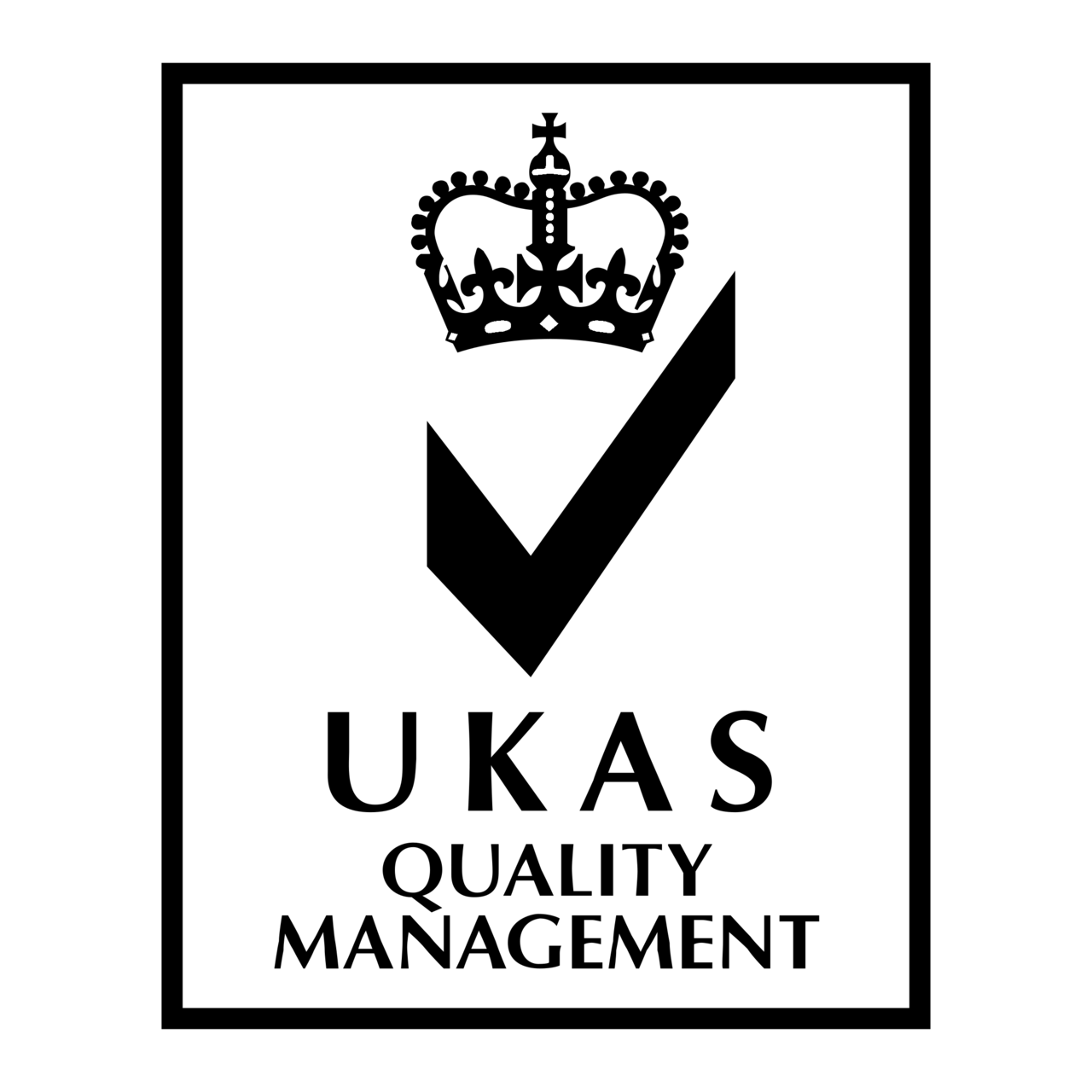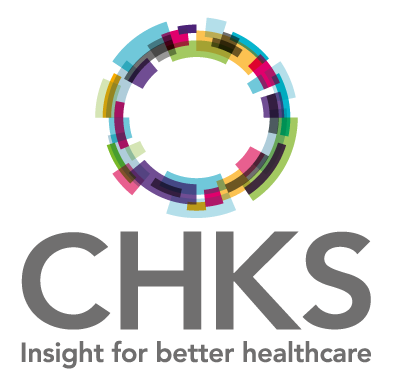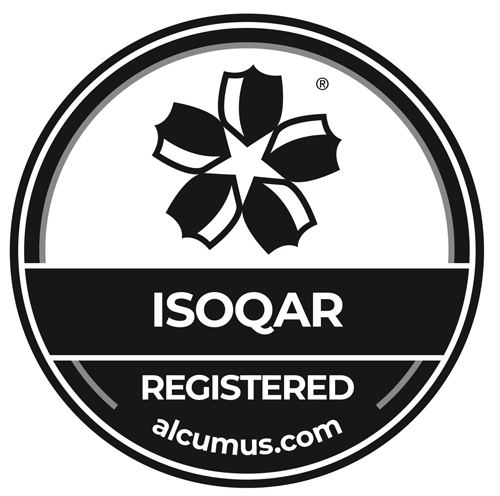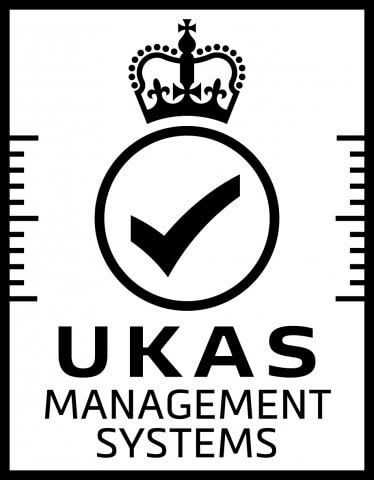Rhinoplasty is a surgical procedure to reshape or improve the function of the nose. For Irish patients considering or preparing for this procedure, understanding the recovery journey is essential. Recovering from rhinoplasty is a gradual process that demands patience, care, and realistic expectations.
Based on over 35,000 cosmetic procedures at Auralia, we bring you an expert overview of what to expect during recovery, practical tips for a smooth rhinoplasty healing process, common complications, and insights to help you navigate this transformative experience confidently.
Rhinoplasty Recovery Timeline Week by Week
Understanding the rhinoplasty healing time in detail helps patients stay informed, realistic, and prepared. Here is a deep dive into each critical phase:
The First 48 Hours: Immediate Post-Op Phase
This period is the most sensitive and critical for setting the course of a smooth recovery. Patients often experience moderate swelling, bruising around the eyes, nasal congestion, and mild discomfort manageable with prescribed pain medication.
Nasal splints are usually in place to protect the delicate structures and maintain shape. Patients should strictly avoid any pressure on the nose, rest with their head elevated on 2-3 pillows, and apply cold compresses around (never directly on) the nose to minimize swelling.
Staying hydrated and refraining from smoking or alcohol are vital. It’s normal to feel some numbness or altered sensations on the nasal skin at this stage.
Days 3 to 7: Peak Swelling and Bruising
Swelling usually peaks between days 3 and 5. Bruising changes colors, turning from deep purple to green/yellow as healing progresses. Discomfort typically diminishes significantly compared to the first 48 hours.
The nasal splint remains, often removed around day 7, revealing early reshaping results yet still with notable puffiness. Patients should continue head elevation and avoid bending or heavy lifting. Gentle oral hygiene and hydration support the healing process.
Weeks 2 to 4: Gradual Reduction of Swelling
By week 2, most bruising should have resolved, and swelling begins to diminish visibly. Nasal breathing improves as internal swelling subsides, and many patients feel comfortable resuming non-strenuous activities or returning to work.
The nasal tissues remain delicate and tender. Exercise should still be avoided to prevent trauma. Sensations like numbness or tightness may fluctuate.
Months 2 to 6: Refinement Phase
Most visible swelling resolves by 2-3 months, but subtle inflammation and internal tissue remodeling continue. The nose shape refines gradually, especially at the tip, which can take the longest to settle.
By 3 to 6 months, patients notice substantial improvement and often feel confident socially without obvious signs of surgery. Follow-up visits at this stage help track progress and address any concerns.
Months 6 to 12: Final Results and Settling
This stage involves the slow final settling of tissues and full restoration of nasal sensation. The nose reaches its ultimate shape and firmness, with all swelling nearly gone.
It’s normal for some minimal swelling to persist up to 12 months, especially in thicker skin types. Confidence in appearance tends to peak around this time as natural contours fully emerge.
Essential Tips for a Smooth Rhinoplasty Recovery
Successful rhinoplasty recovery hinges on actively following medical advice and adopting healing-friendly habits. Here are surgeon-recommended tips for a smooth recovery:
- Sleep with your head elevated on multiple pillows or a wedge pillow to reduce swelling.
- Use prescribed cold compresses diligently during the first week post-op to manage bruising and discomfort.
- Maintain hydration with plenty of water and soothing herbal teas like chamomile, while avoiding salty or processed foods that exacerbate swelling.
- Focus on a balanced diet rich in proteins (lean meats, legumes, eggs), vitamins (especially vitamin C), and nutrients to aid tissue repair.
- Avoid strenuous activities, heavy lifting, and contact sports for at least 6-8 weeks to prevent injury and complications.
- Protect your nose from accidental pressure and be cautious when dressing or wearing glasses.
- Refrain from smoking and alcohol consumption, as these delay healing and increase complications.
- Communicate openly with your surgeon regarding any unusual symptoms or concerns, maintaining a clear recovery dialogue is key.
Our clinical experience affirms that patients who meticulously adhere to these guidelines experience smoother rhinoplasty healing. This diligent approach to recovery helps ensure you can safely and fully enjoy the long-term benefits of your rhinoplasty.
Factors That Can Affect Your Rhinoplasty Recovery
Recovery from rhinoplasty varies based on multiple personal and procedural factors:
- Surgical technique: Open vs. closed rhinoplasty and the complexity of corrections influence healing times.
- Patient’s age and health: Younger, healthier patients with no chronic illnesses tend to heal faster.
- Skin thickness: Thicker skin can prolong swelling and full results time.
- Smoking and alcohol use: Both delay healing and increase risk of complications, such as tissue necrosis.
- Pre-existing conditions: Diabetes or immune issues may extend recovery or raise infection risks.
- Following post-op instructions: Adherence to care guidelines dramatically improves outcomes.
- Surgeon’s skill and experience: Highly experienced surgeons provide safer procedures and tailored recovery protocols.
When to Call Your Doctor
Certain signs indicate the need for prompt medical evaluation:
- Excessive or prolonged bleeding beyond the initial 24 hours.
- Severe, worsening pain not relieved by medication.
- Signs of infection: redness spreading beyond the surgical area, increasing warmth, fever, or foul-smelling discharge.
- Difficulty breathing through the nose that suddenly worsens.
- Skin color changes, such as blueness or paleness, indicating compromised blood flow.
- Any sudden swelling or bruising occurring after initial improvement.
- Loose or displaced splint or nasal packing.
Frequently Asked Questions (FAQs)
Most patients return to routine activities within 1-2 weeks, but complete healing and final results take up to 12 months to appear.
Cold Compresses: Apply them to your cheeks (not directly on the nose) for the first 48-72 hours.
Head Elevation: Sleep propped up on several pillows for at least the first two weeks.
Low Sodium: Reduce salt in your diet to minimize fluid retention.
Patience: Avoid strenuous activity and give your body the rest it needs to heal.Use cold compresses, keep your head elevated when resting or sleeping, stay hydrated, and avoid salty foods.
You must avoid strenuous exercise to protect your healing nose. Light walking is encouraged from the start to promote circulation. Generally, you can resume light cardio (like a stationary bike) after 3-4 weeks. However, any activity that could risk a blow to the nose, heavy lifting, or high-intensity workouts should be avoided for at least 6-8 weeks, with final clearance from your surgeon.
The best way to speed up healing is to follow your surgeon’s instructions meticulously. Key tips include: keeping your head elevated (even when sleeping) for the first few weeks to reduce swelling, staying well-hydrated, eating a nutritious diet rich in protein and vitamins, and absolutely avoiding any nicotine or vaping, as they severely restrict blood flow and can compromise your results.
You can typically eat normally within a day or two, but you should stick to soft, cool foods for the first 24-48 hours. Avoid hot liquids, spicy foods, and anything that requires excessive chewing, as this can increase swelling and discomfort. After the initial phase, you can gradually return to your regular diet.
Start Your Path to a Beautifully Reshaped Nose
If you’re considering a nose job in Ireland, don’t hesitate to book a free consultation with our expert medical team today. From preparing for surgery to enjoying your final results, we’ll guide you through every step of the way





